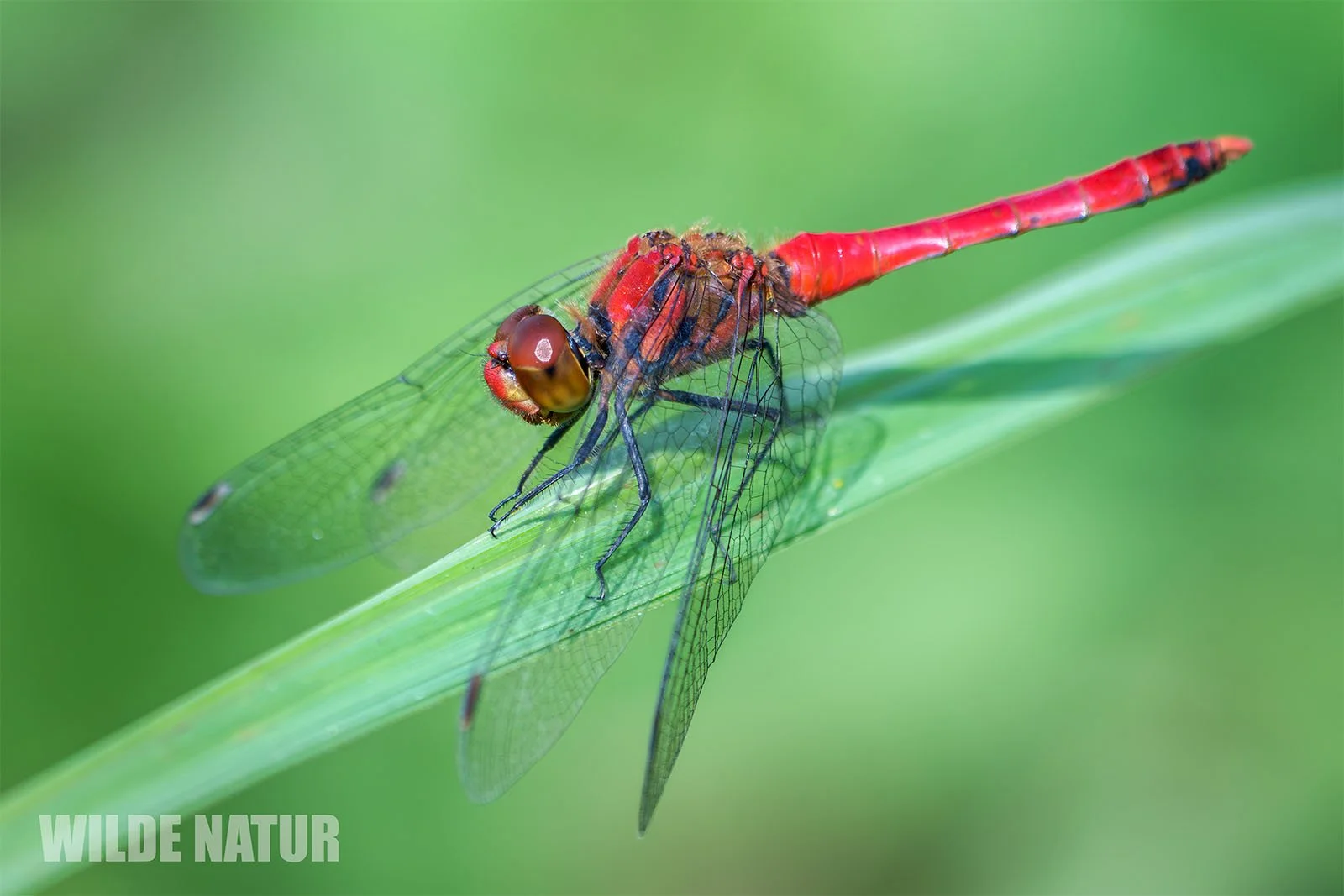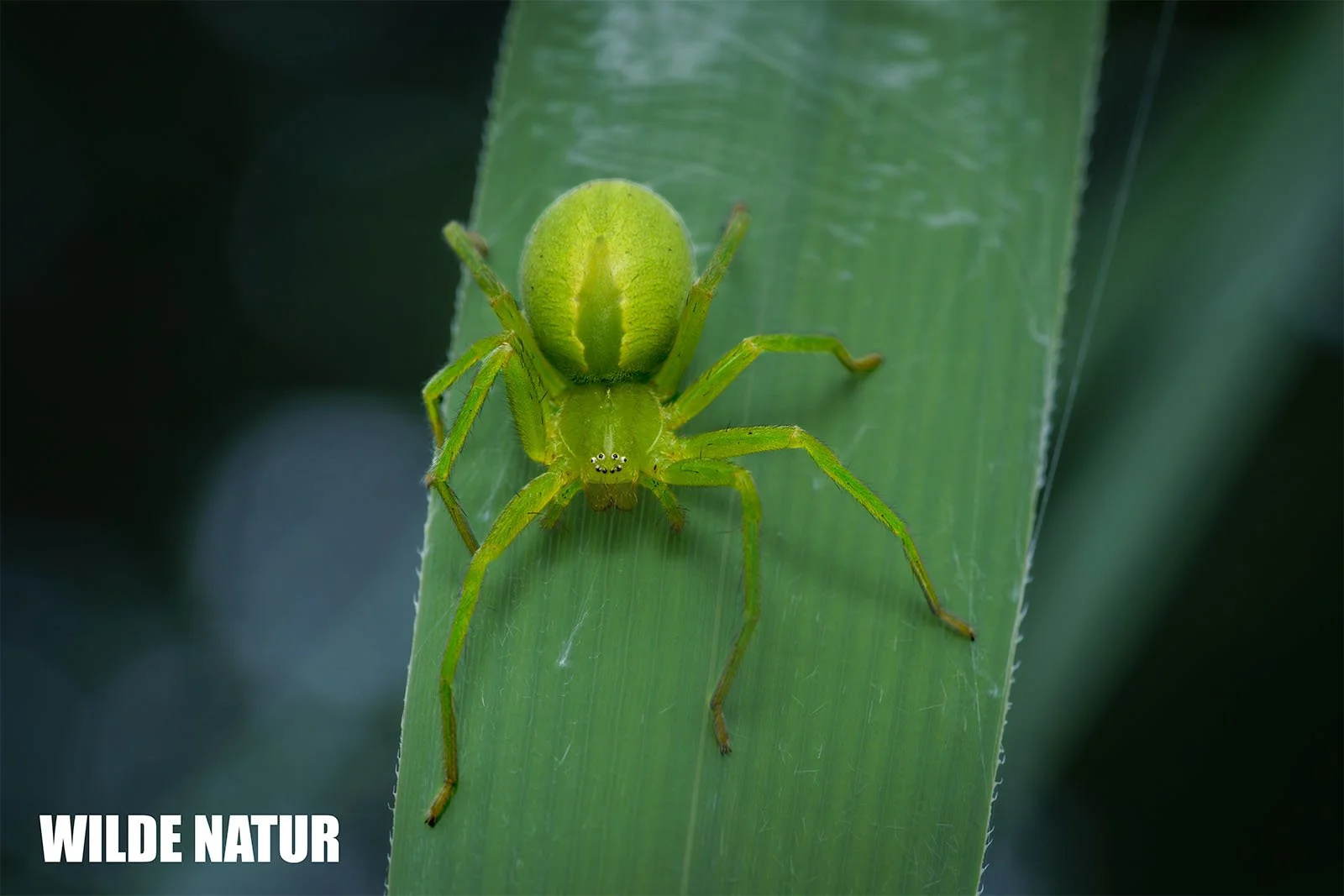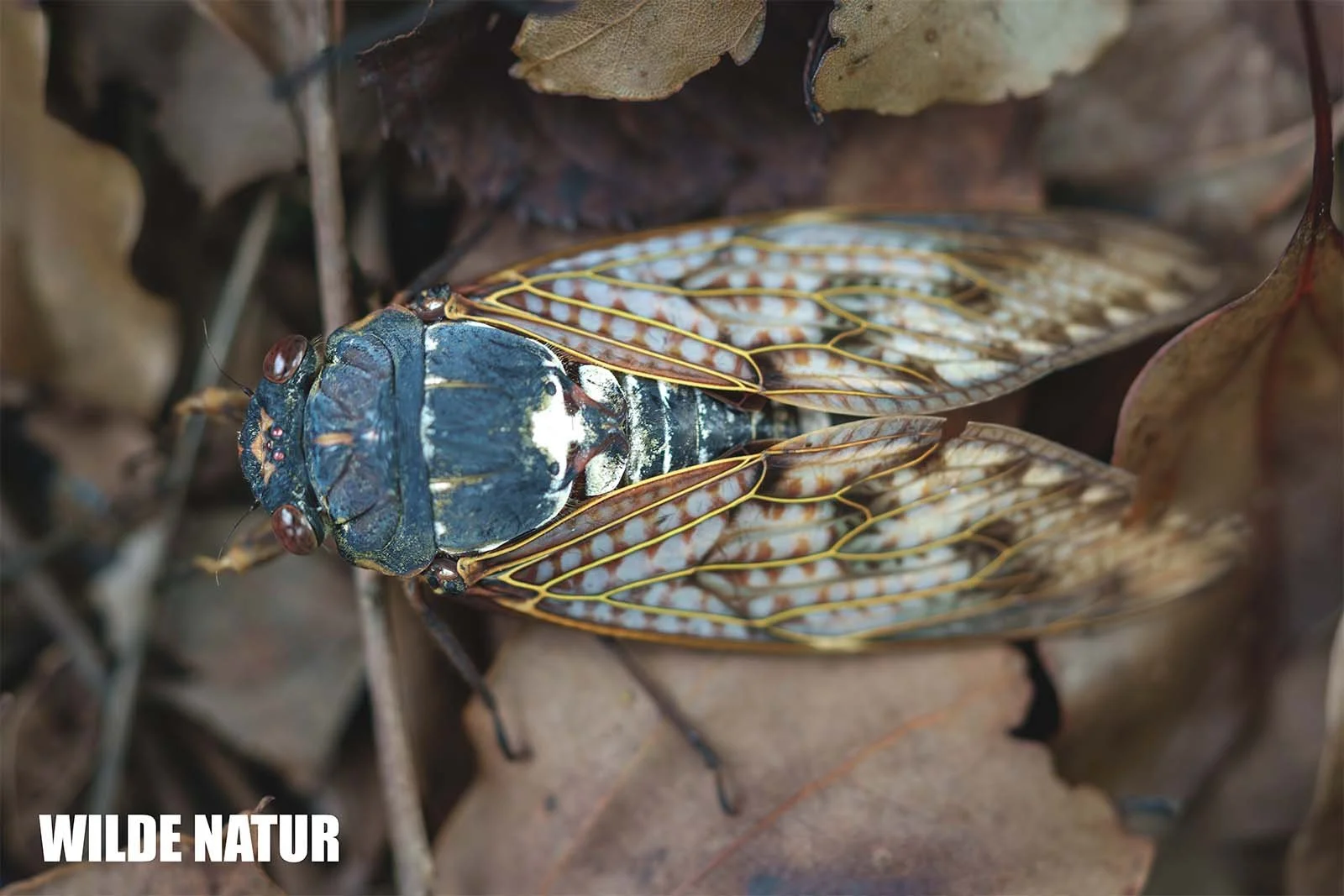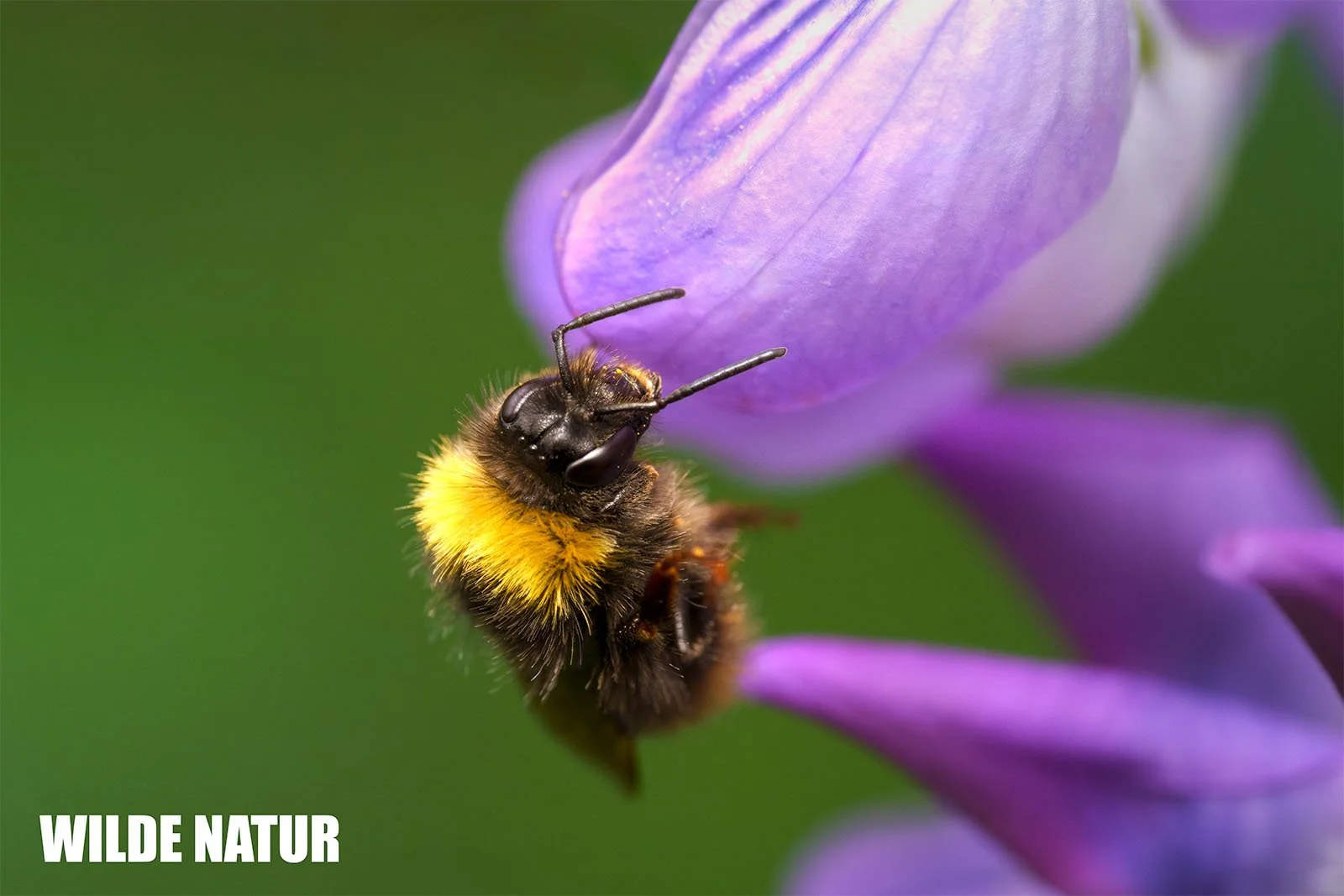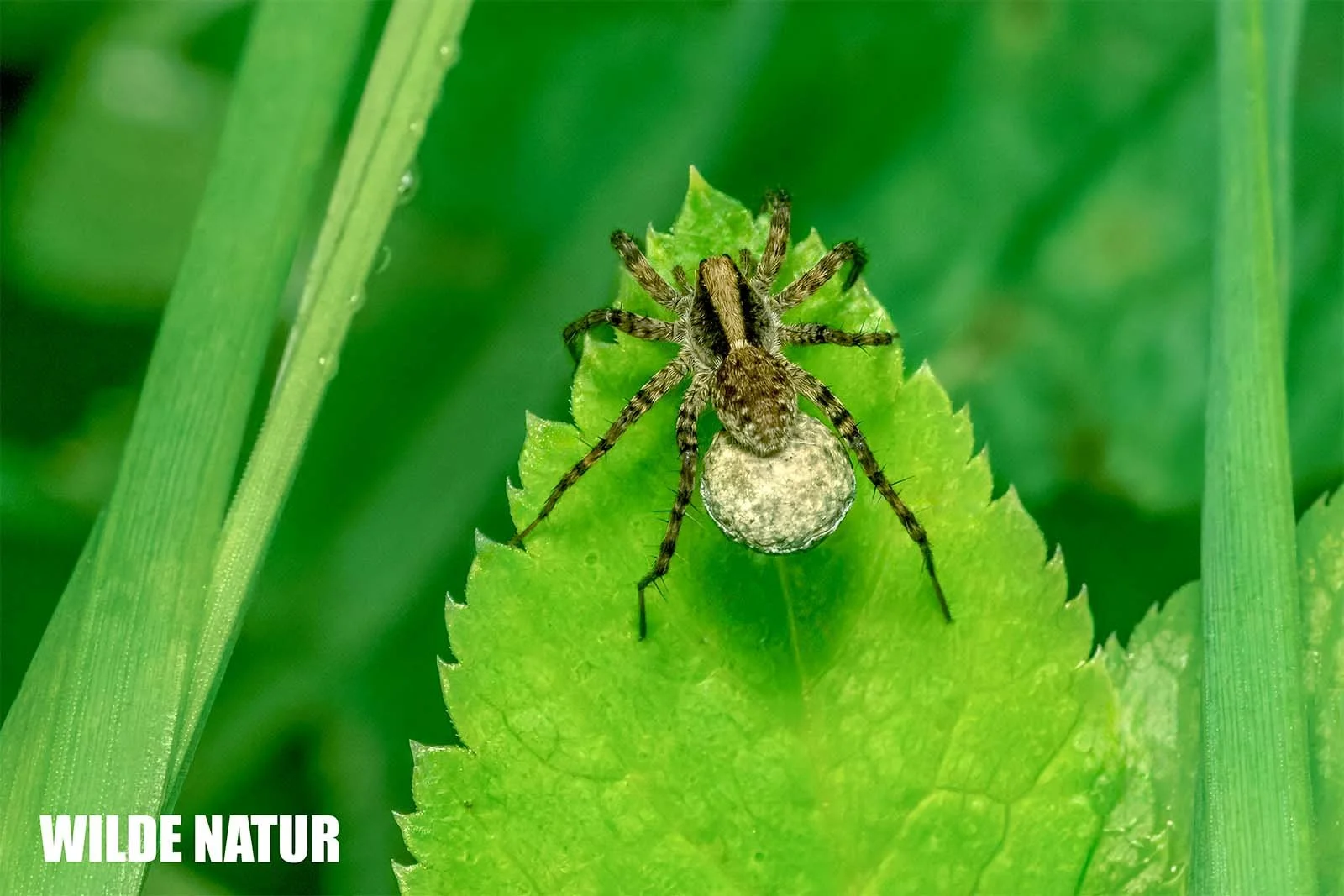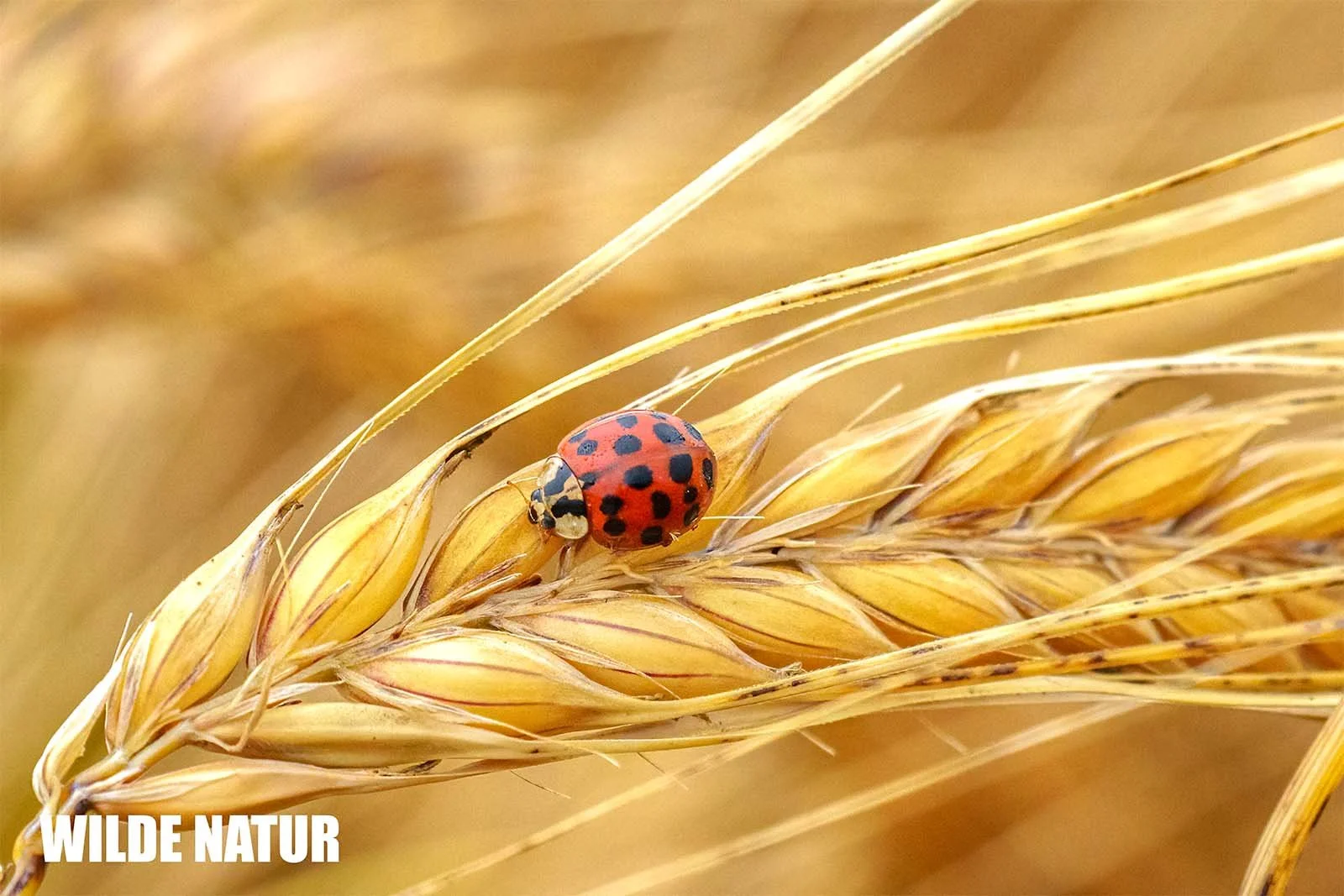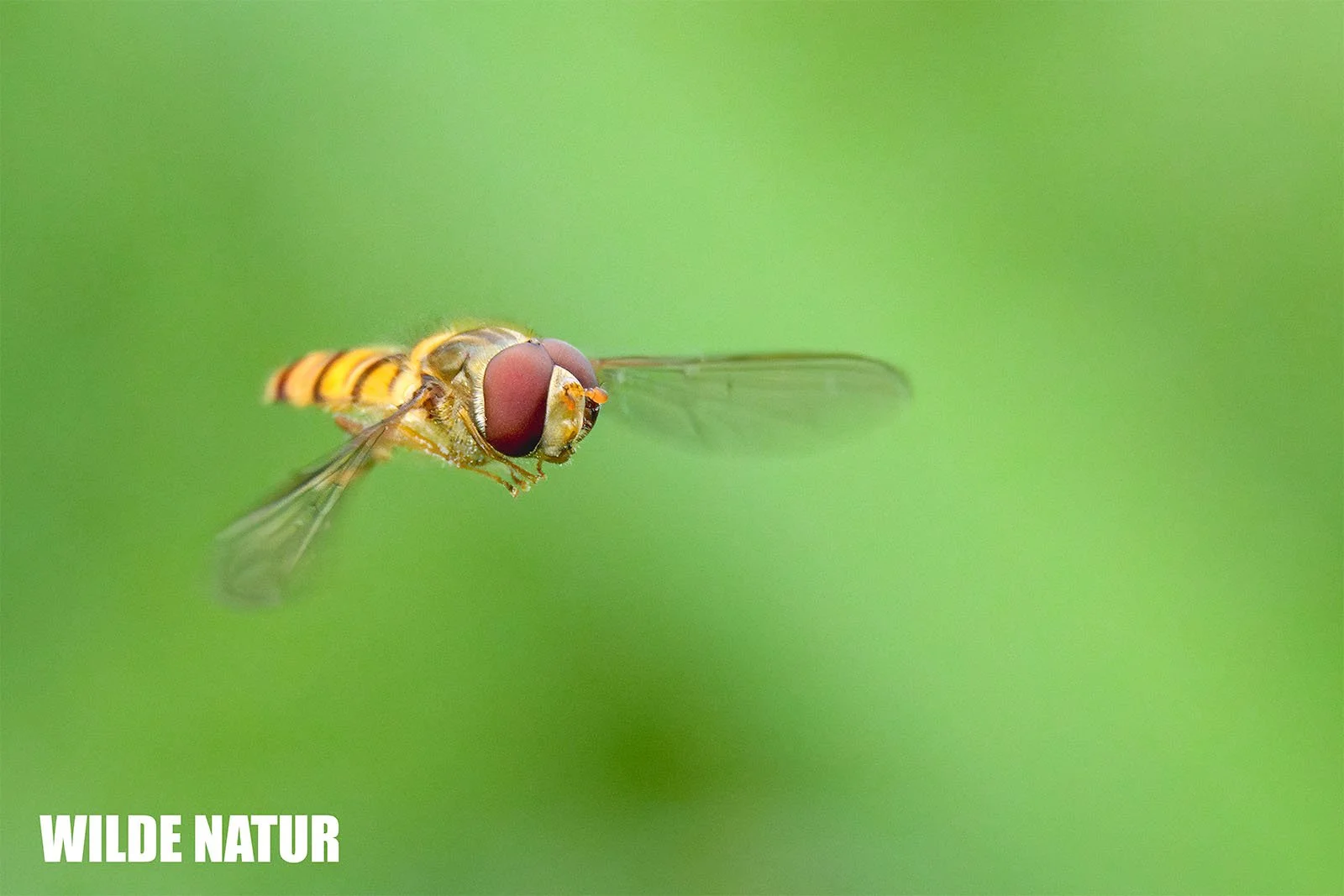Meadowhawk (Sympetrum darwinianum)
Meadowhawk (Sympetrum darwinianum)
Summer Meadowhawk (Sympetrum darwinianum): The Red Beauty of East Asia
The summer meadowhawk (Sympetrum darwinianum, ナツアカネ) is a striking red dragonfly native to East Asia. Learn all about its appearance, behavior, habitat, and conservation status.
Key Facts
- Body length: males 33–43 mm, females 35–42 mm
- Coloration: males bright red, females yellowish-brown
- Distinctive mark: interrupted black side stripe on the thorax
- Generation: one per year, overwintering as eggs
- Habitat: rice fields, wetlands, calm waters
- Distribution: Japan, Korea, Taiwan, China
- Activity period: June–December
- Scientific name: Sympetrum darwinianum
- Common name: Summer Meadowhawk
- Japanese name: ナツアカネ (Natsu-akane)
- Family: skimmer dragonflies (Libellulidae)
- Life cycle: univoltine (one generation per year)
- Range: East Asia
- Conservation status: locally threatened by pesticides and habitat loss
Table of Contents
- Introduction
- Appearance
- Characteristics
- Diet
- Reproduction and Life Cycle
- Seasonal Behavior
- Distribution and Habitat
- Threats and Notable Traits
- FAQ
Introduction
The summer meadowhawk (Sympetrum darwinianum), known in Japan as ナツアカネ (Natsu-akane), is an elegant member of East Asia’s dragonfly fauna. Its vivid red coloration and agile flight make it a true symbol of the Japanese summer.
It inhabits rice fields, wetlands, and still waters — environments often shaped by human activity. Despite its adaptability, local populations are under pressure as its breeding sites continue to decline.
Appearance
The summer meadowhawk belongs to the family Libellulidae (skimmer dragonflies) and closely resembles other red Sympetrum species such as S. vulgatum and S. sanguineum.
- Males: bright red abdomen and thorax, deepening in color toward late summer.
- Females: yellowish to orange-brown, sometimes with a faint reddish hue.
- Wings: clear and transparent, without colored patches.
- Legs: dark, almost black.
- Body length: males 33–43 mm, females 35–42 mm.
A key identification feature is the interrupted black side stripe on the thorax — a reliable way to distinguish it from related species.
In flight, it appears light and graceful, often hovering above rice fields or along moist ditches.
Characteristics
- Clear, transparent wings
- Dark legs
- Bright red males, yellowish females
- Interrupted black thoracic stripe
- Univoltine (one generation per year)
- Overwinters as eggs
- Larvae with a small pointed projection on the eighth abdominal segment
The combination of vivid coloration and fine patterning makes this species one of the most characteristic dragonflies of East Asia.
Diet
The summer meadowhawk is a skilled aerial hunter.
Adults feed on:
- mosquitoes
- flies
- small moths
- other flying insects
They catch prey mid-air using their legs — a swift and precise maneuver.
Larvae are aquatic and feed on:
- insect larvae
- worms
- small crustaceans
Rice fields, with their seasonal flooding, provide ideal larval habitats and abundant prey.
Reproduction and Life Cycle
Mating takes place in summer at sunny, sheltered water bodies.
- After forming the characteristic heart-shaped mating wheel, pairs fly in tandem over the water.
- The female drops her eggs into the water or attaches them to plant material.
- The eggs overwinter in moist soil or on vegetation near the water’s edge.
- In spring, larvae hatch and grow rapidly, reaching adulthood within 3–5 months.
This species produces only one generation per year, perfectly synchronized with East Asia’s seasonal climate.
Seasonal Behavior
Adults appear from June and remain active until October or November.
Young dragonflies often move to higher or more open areas before returning to breeding sites in late summer.
Their activity is strongly temperature-dependent — they are most active in warm weather, frequently gliding and hovering above water surfaces.
Distribution and Habitat
Sympetrum darwinianum is widespread across East Asia:
- Japan: on all major islands — Hokkaidō, Honshū, Shikoku, and Kyūshū
- Korea, Taiwan, and parts of China
Preferred habitats:
- calm, sunny water bodies
- rice fields
- irrigation ditches with dense vegetation
- wet meadows and shallow marshes
The species thrives in human-shaped landscapes, showing remarkable adaptability to agricultural ecosystems.
Threats and Notable Traits
In Japan and other parts of East Asia, local populations show signs of decline.
Main threats include:
- pesticide use in agriculture
- intensification of rice cultivation
- altered water levels in breeding habitats
Despite these challenges, the summer meadowhawk remains common in many regions. Its ability to exploit temporary or artificial water bodies makes it relatively resilient — provided that undisturbed refuges remain available.
Its vivid red coloration and the characteristic broken thoracic stripe make it a favorite among dragonfly enthusiasts.
FAQ
When can the summer meadowhawk be seen?
From June to October, and occasionally into November in warm years.
How can it be distinguished from other red meadowhawks?
By the interrupted black side stripe on the thorax.
Where does it lay its eggs?
Over calm waters, often in or near rice fields.
How does it overwinter?
As eggs, which survive the winter in moist soil.
Is it threatened?
Locally, yes — mainly due to pesticide use and changes in rice field water management.
Summary
The summer meadowhawk (Sympetrum darwinianum) is a radiant representative of East Asia’s dragonfly fauna. With its brilliant red hue and graceful flight, it symbolizes the warmth and vibrancy of summer.
Although still widespread, it faces challenges from modern agriculture and habitat loss. Protecting its wetlands and rice field habitats is essential to ensure that this red jewel continues to brighten East Asian landscapes for generations to come.

